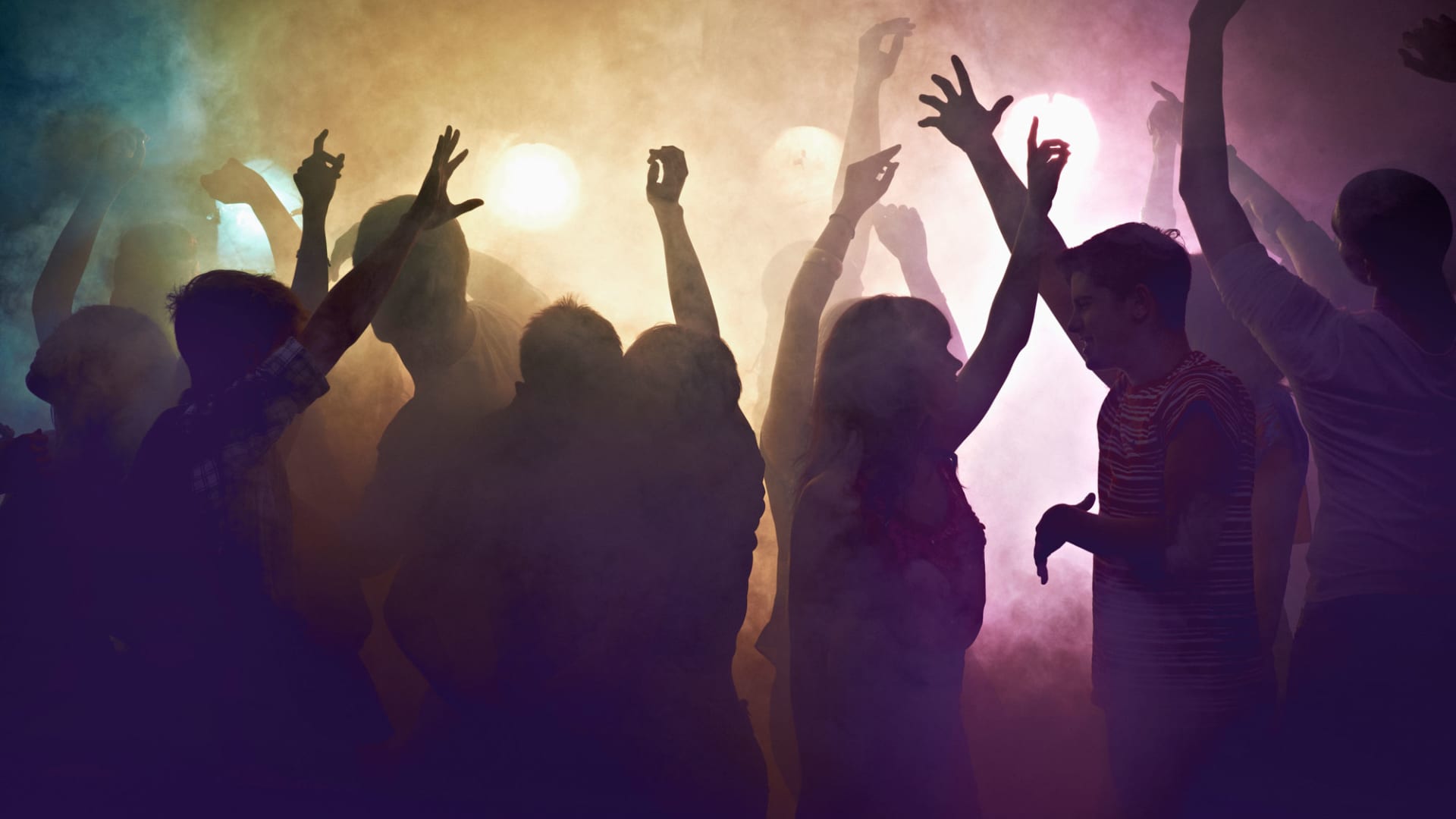
Everybody dance now! Beyoncé’s new album ‘Renaissance’ dropped late last night, and its strains of ’70s disco, ’80s synth-pop and ’90s deep house may move you to the dance floor, which experts say could improve your happiness.
Can you think about a time when dancing brought you joy? Well, it wasn’t coincidental. Dancing is one of the best ways to boost your mood and lift your spirits, says Kelly McGonigal, a psychologist and dance teacher at Stanford University, who wrote “The Joy of Movement,” a book about using movement for happiness.
A song like Queen Bey’s ‘Break My Soul’ can be great for more than just your Instagram reels. Dancing to it might also help you feel empowered.
“Her song expresses the state of mind of hope, optimism and confidence that you’re not going to break my soul,” McGonigal says, “You can actually embody the attitude of that song by dancing with a friend in your apartment, strangers on the street or whoever you want to dance with.”
Her song expresses the state of mind of hope, optimism and confidence that you’re not going to break my soul.
Kelly McGonigal
Psychologist and dance teacher, Stanford University
The elation you can feel while dancing isn’t unique to Beyoncé’s disco revival. Dancing in general can increase happiness and even help you through tough times.
Movement can ‘express and induce joy’
Anecdotally, movement has been linked to happiness, but dancing to music you enjoy can send triggers to your brain to release dopamine, adrenaline and endorphins that make you feel great and energized, says McGonigal.
Dance movement therapy was associated with an increase in serotonin levels for adolescents with mild depression, according to a small 2005 study published in the International Journal of Neuroscience.
“Another reason that dance can be great for your mood is because of the types of movements that people tend to do when they dance,” McGonigal says.
Movements that typically ‘express and induce joy and positive emotions,’ according to McGonigal, are:
- Bouncing to the beat
- Clapping your hands
- Snapping your fingers
- Taking up space, i.e. reaching your arms out or making big movements
- Swaying
- Posing
Your positive mood after dancing is also linked to the type of music you’re listening to. When compared to other genres, energetic and rhythmic music was used the most to increase positive moods and decrease negative feelings, according to a short research report in Psychology of Music.
The return of disco music to the mainstream this year, is also significant because it was used in the ‘70s as a response to political matters, says Peter Lovatt, a dance psychologist at Movement in Practice.
You go onto the dance floor and anything is possible. You can have good times.
Peter Lovatt
Dance Psychologist at Movement in Practice
At the time, dancing to disco music made people feel free from the challenges they were facing, he says, and those same parallels can be seen in the viral videos of people dancing to ‘Break My Soul’ today.
“The thing about disco is it gives you a sense of hope in the future,” Lovatt says, “You go onto the dance floor and anything is possible. You can have good times.”
The pandemic has been a time of grief and anxiety for many, and for Lovatt, those emotions only amplified when he was diagnosed with stage three bowel cancer last year. If it wasn’t for dance, he doesn’t think he would’ve been able to cope with the stress of potentially not being there to experience important moments with his family.
“At 4 o’ clock in the morning I’d wake up and my head would be filled with all this anxiety, and everyday I’d dance. For a half an hour a day, I’d just put on loud music,” Lovatt says, “It gave me time off from catastrophizing in my head.”
Moving together may ‘make you feel like you’re part of a community’
The beautiful thing is there is no such thing as a bad dancer and ‘no one has two left feet,’ Lovatt says. If you’re nervous to dance around others, he encourages you to ignore technique and just follow the movements that the music is inspiring you to do.
In fact, synchronized dancing with others could enhance feelings of connectedness, says Kelsey Laird, a clinical psychologist based in San Francisco. “Moving together in synchrony may increase oxytocin, build trust and make you feel like you’re a part of a community,” Laird says.
She also suggests conscious dance, a combination of structured movements and freestyling as a group, if you’re still not super confident to learn full-out routines. Longer practice of conscious dance was associated with higher life satisfaction and greater mindfulness, meaning maintaining awareness of present experiences without judgment, according to a 2021 study that Laird co-authored.
“Some of the barriers to dancing are things like people feeling self-conscious. They might believe they’ve got the wrong body, or they’re the wrong age, or the wrong sex,” Lovatt says. “People think that dancing belongs to a certain type of person, but it absolutely does not. Dancing belongs to everyone.”
Sign up now: Get smarter about your money and career with our weekly newsletter
Don’t miss:




